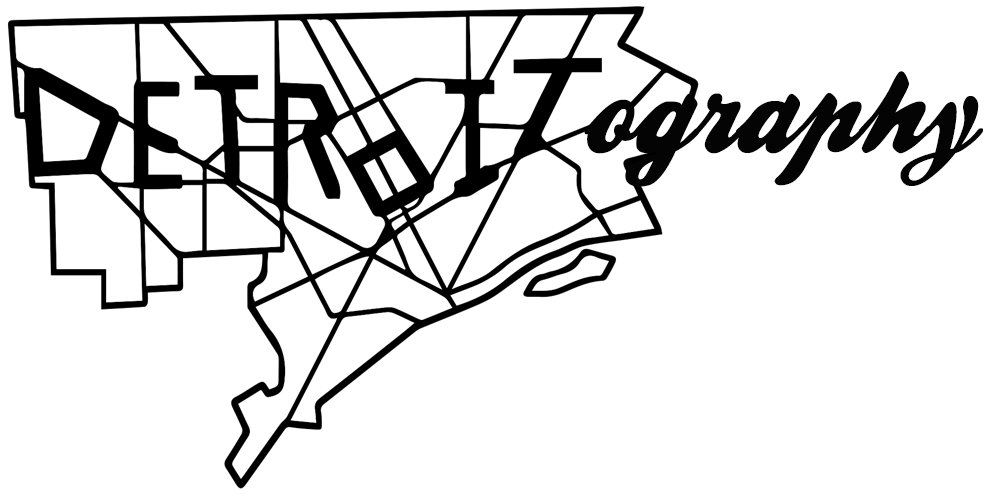
This map is one among 35 other cities profiled in a market survey by the Advertising department of the Curtis publishing Company, called: “City Markets: A Study of Thirty-Five Cities.” The primary market assessment conducted here was based on circulation of newspapers and magazines, but included auto sales, consumer goods, and transportation spending.
The report notes that the 1932 maps are improved from earlier versions as “homogeneous residential areas” have their own boundaries rather than conventional or municipal boundaries. The map also has similarities with the well-known “redlining” maps, but in this case it is “blue-lining”:
“[…] manager was instructed to conduct circulation work in the better residential areas (colored red and yellow on the Survey map). He was forbidden to do work in areas colored blue (for the most part with foreign-speaking or colored residents).
In 1932, Detroit’s Black Bottom and Paradise Valley match the South-North grouping of blue areas that reach from the riverfront almost to Detroit’s northern border of 8 Mile Rd. Notable red areas that stand out are Indian Village, Rosedale Park, Palmer Park, Dexter-Linwood, as well as outside of the Detroit border in the Grosse Pointes, Royal Oak/Pleasant Ridge, and Birmingham.

Pingback: Map: Retail Redlining and COVID-19 Vaccine Availability | DETROITography
Pingback: Map: Vaccine Deserts of Metro Detroit 2021 | DETROITography